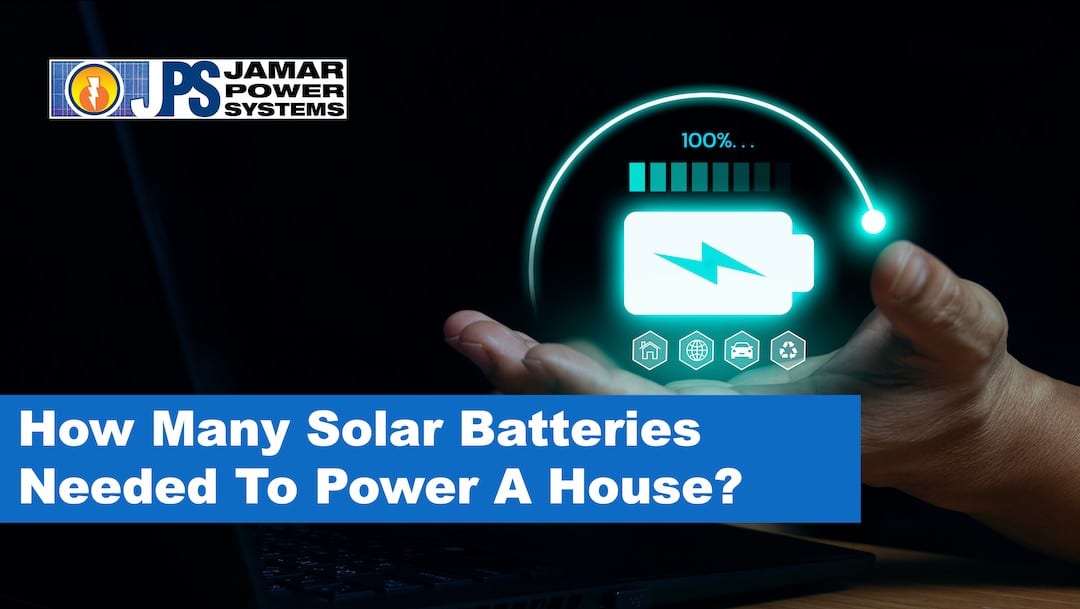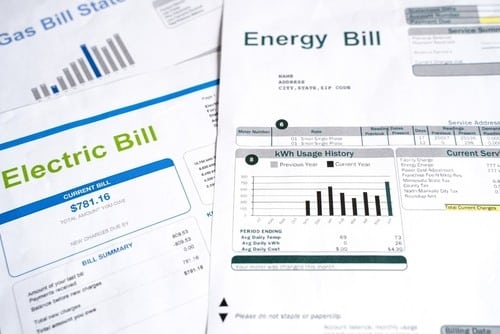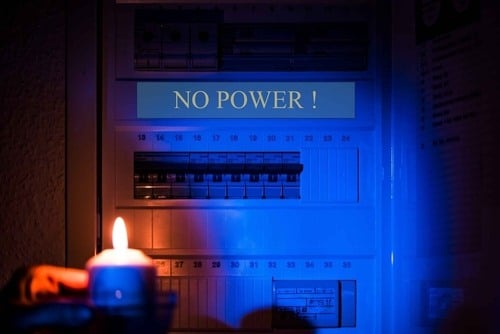How Many Batteries Are Needed to Power a House?
The demand for battery technology in residential settings is witnessing a significant increase.
This trend is driven by the numerous advantages that batteries offer, including substantial financial savings and a compelling return on investment.
This comprehensive guide will explore how to determine the number of solar batteries your home may require.
But first, let’s delve into some key usage scenarios where batteries can significantly enhance a homeowner’s energy management.
1. Understanding Solar Battery Use Cases
Solar batteries have evolved into versatile energy solutions, serving multiple purposes that can greatly benefit homeowners including:
A. Peak Shaving And Load Shifting With Batteries
One of the primary benefits of solar batteries is their ability to reduce electricity costs without even requiring solar panels.
This is achieved via a strategy known as “peak shaving” and “load shifting.”
This practice charges the battery from utility power during off-peak hours when electricity rates are lower. It then discharges the stored power during peak hours when rates are higher.
The resulting savings between these two rates can be quite substantial over time.
Check out our Peak Shaving article for an in-depth understanding of this approach.
B. Emergency Backup Power With Batteries
Solar batteries can provide emergency backup power during utility power outages.
A well-designed battery backup system can ensure uninterrupted power if you have essential equipment that requires constant electricity.
This level of reliability is invaluable, especially during extended outages.
For more insights on this topic, visit our article: “How long can a battery last during a blackout?”
C. Enhance Savings From Solar Panels
Integrating batteries can increase your savings if you already have solar panels installed.
Battery storage is particularly beneficial in regions with unfavorable Net Energy Metering credits, like San Diego, CA, and NEM 3.0.
Instead of selling your excess solar energy back to the utilities at a lower rate, you can store it in batteries for later use.
This approach leads to better financial returns from your solar investment.
For more info, see our article on Solar + NEM 3.0
2. Partial Home Backup vs Whole Home Backup
When considering the number of solar batteries you need, deciding whether you want to back up your entire home’s power usage or only a portion of it is crucial.
This decision will significantly affect the size and number of batteries required.
Backing up the whole house, especially if it includes high-energy appliances, would require a more extensive battery system than a partial backup where only essential loads are powered.

3. Identifying Your Battery Goals and Needs
Understanding your specific energy goals and needs is also critical in determining the appropriate number of solar batteries for your home.
Are you looking to reduce your electricity bills, ensure power availability during outages, decrease your dependence on the grid, or contribute to a greener environment? Each of these goals may require a different battery solution.
A. What Do You Want to Power?
If a partial home backup is deployed, you must identify the appliances and devices you wish to power using batteries.
This list could range from basic lighting and small appliances to large energy consumers like HVAC systems and electric vehicles.
The total energy consumption of these devices will heavily influence the capacity and number of batteries needed.
B. How Long Do You Want to Power It?
Another key consideration is the duration you want to run your desired appliances on battery power.
You will need a larger battery system if you require extended backup power, say during long power outages or overnight.
4. Solar Battery Sizes
Common Lithium battery sizes start at 5 kWh.
To determine the right size for your home, contact your utility company for your average daily and peak-hour electricity usage history (in kWh).
Green Button data may also be available in some regions, providing instant online access to your energy usage history.
5. How to Calculate How Many Batteries You Need
Calculating the number of solar batteries needed for your home depends largely on your specific energy goals. Different goals will require differing battery capacities.
A. Emergency Power Backup
If your primary goal is to have emergency power backup for a few days during an outage, you would need more batteries than if you were looking to shave peak usage.
In this scenario, you need to calculate your total energy consumption during the period you want the backup.
For instance, if your home consumes 10 kWh per day, you would need a solar system capable of producing 125% of your average daily kWH at the lowest production period with a battery capable of storing at least 200% average daily kWh to ensure continuity of power during a period of cloudy days.
Once you know the total needed kWh and battery capacity, you can determine the costs and number of batteries.
B. Peak Shaving
If your main objective is peak shaving, where you aim to minimize your electricity costs by using stored power during peak rate times, a single battery will suffice.
A typical home could benefit from a 5 kWh or 10 kWh battery for this purpose, as these sizes often provide the best return on investment.
However, it’s important to consider your average peak time usage history, which you can obtain from your utility company or Green Button data if available in your area.
This information will help you select the most appropriate battery size for optimal peak shaving.
C. Storing Excess Solar Energy
Suppose you’re looking to store excess solar energy produced by your panels. In that case, you’ll need to identify how much surplus energy your solar system produces and how much you use daily.
For instance, if your solar panels generate an additional 5 kWh beyond your daily usage, consider a battery system that matches this excess production.
This way, you can store the surplus energy for later use instead of selling it back to the grid at lower rates, thereby maximizing your solar investment.
6. Conclusion
Solar batteries are versatile energy solutions offering numerous benefits tailored to your needs.
Their benefits range from reducing electricity costs through peak shaving and load shifting, providing reliable backup power during outages, and boosting the returns from existing solar panels.
Determining the right number of batteries involves thoroughly understanding your energy goals, consumption patterns, and the specific devices you wish to power.
With this knowledge, you can make an informed decision that maximizes the benefits of your solar battery investment, ensuring you get the most out of your renewable energy journey.
For professional help, contact our battery experts at Jamar Power Systems to see if a battery storage solution is right for your home.
Related articles:
2025 Federal tax credit changes for solar & solar batteries
Solar panel monitoring service
Battery storage system fundamentals
Peak Shaving: Invest in your home’s energy future for significant ROI
Why a battery makes financial sense with solar panels now under NEM 3.0
How long will a solar battery last during a power blackout?
How many batteries are needed to power your home?
How many years do solar batteries last?
Solar Battery or generator for emergency backup power?
How to check if your solar panels are charging the solar battery
Complete Guide to Solar PPA, Lease vs Buying Solar
How to choose a solar installer
Get a FREE solar anaylsis to see if solar energy or a battery is right for your home
- 2025 Federal Tax Credit Changes For Solar Panel Systems & Solar Batteries - July 8, 2025
- How Solar Batteries Work - March 4, 2024
- Solar Battery or Generator for Emergency Backup Power? - January 30, 2024








